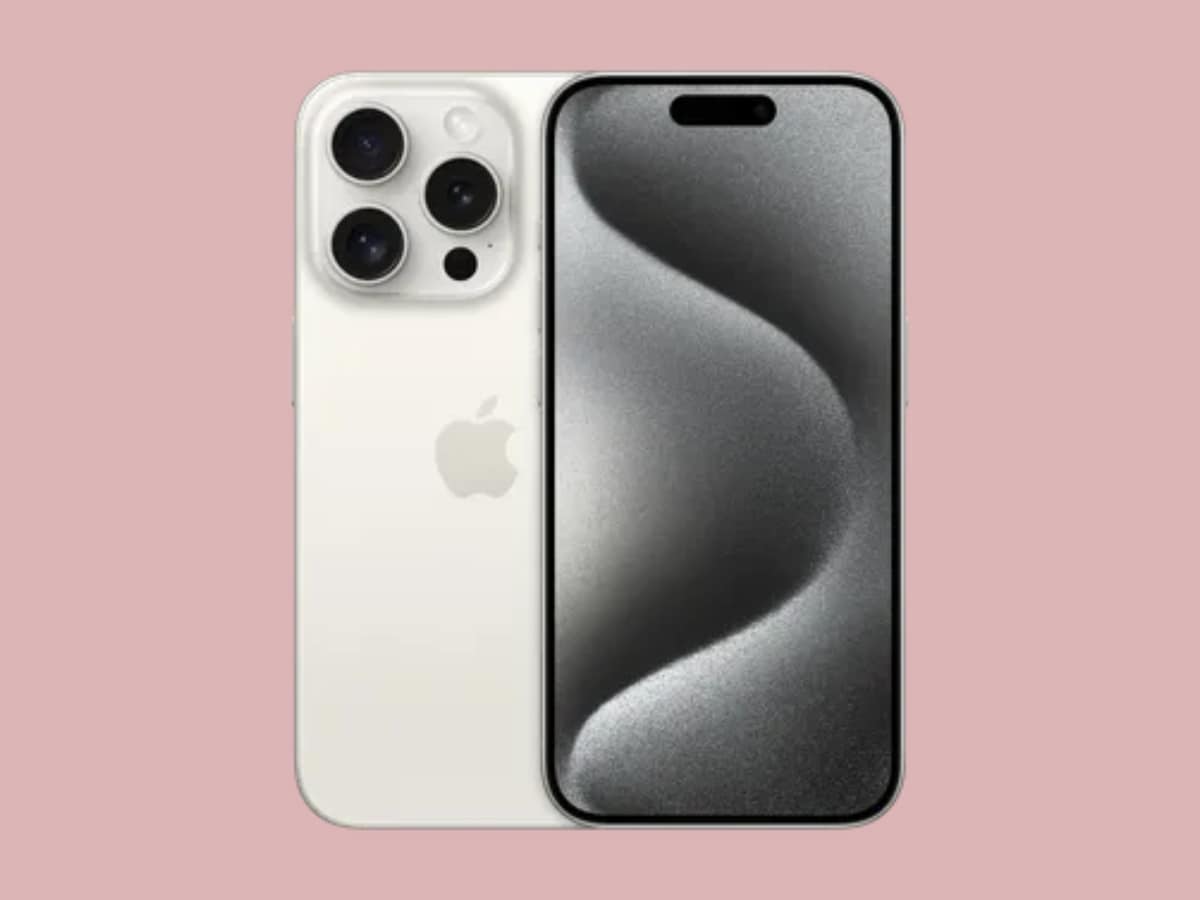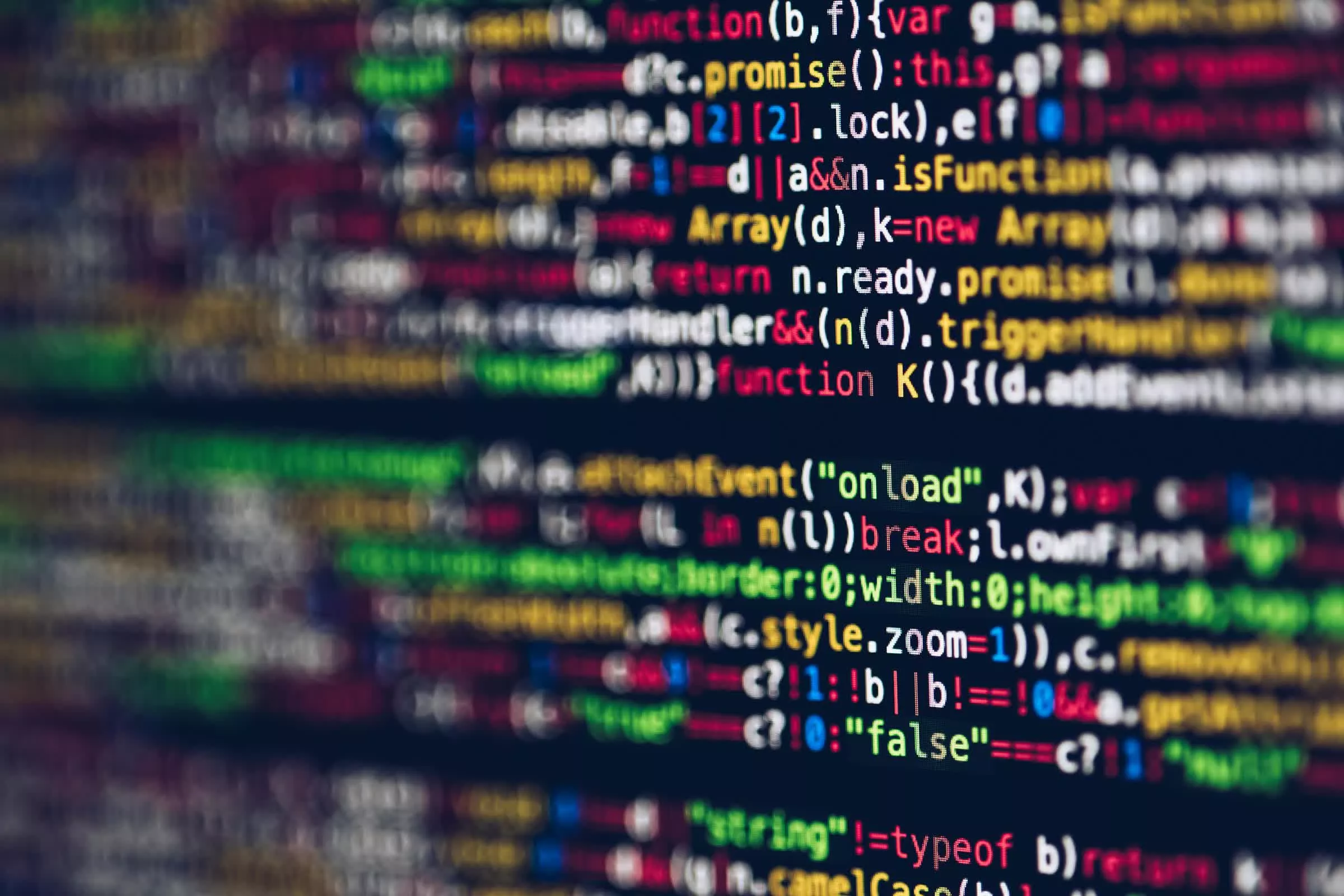Tired of getting emails about data breaches from companies that failed to secure your private information? Annoyed by constant spam and text messages? Fed up with targeted ads on every single platform? If so, I have an experiment for you to try today: Use the browser versions of apps on your phone.
Last November, I deleted the non-essential apps from most of my devices, including Amazon, Instagram, Splice, Spotify, and an astronomy app. I did this to obtain some control over access to my personal data.
In January, I did another purge, eliminating apps I’d previously seen as essential utilities, including Apple Music, Gmail, YouTube, and even (gasp!) my password manager. Mind you, that doesn’t mean I’m not using any of these services. I just ditched the apps in favor of browser extensions or web apps.
After four months of living without native apps on my phone, I’m not going back. If you try this experiment, you’ll probably find that all of the apps on your phone are also available as web apps. I started tracking my iOS screen time reports in January, but anecdotally, my interest in scrolling for hours at a time decreased dramatically when using web apps.
I also saved money by deleting all the shopping apps where impulse buys are born. I credit the experiment with inspiring me to be more creative (writing, drawing, playing music) rather than passively consuming endless news and social media drama. Best of all, I don’t have to worry as much about invasive data collection from free apps.
What Is a Web App?
Web applications are just versions of an online platform or service that can be accessed or run right in the web browser. They don’t require installation on your computer or other devices. You use web apps by opening the browser on your device and visiting the website for the platform or service you want to access. In other words, visit facebook.com and uninstall Facebook’s data-hungry, intrusive app.
Keeping your app activity within the browser makes it a little harder for companies to collect your personal data without your consent. After examining the privacy policies and reports from the top AI chatbots, I noted that app data collection often includes everything from contact lists to microphone audio on your phones or tablets. In an age when criminals are using realistic AI-generated deepfakes to fuel devastating online scams, you must keep your private data, including photos and videos, on your device (or, preferably, offline). Once that data is online, it’s fair game for anyone.
The apps on your phone right now are called native apps, and developers create them for a specific device or operating system. Native apps can interact with your device’s software or hardware directly, potentially allowing app companies to see your location, listen to your microphone audio, view your photos and videos, access your contact lists, record your touch gestures and other in-app interactions, read your messages and emails, and collect your scanned face or fingerprints.
(Credit: Reddit/Facebook/TikTok/PCMag)
Some native apps have embedded web browsers, making them hybrid applications. If you’ve ever accidentally tapped on an ad while using Instagram’s native app, you’re accessing the in-app web browser. Be wary of entering financial information or other personal information into forms when using browsers found in native apps. The app is collecting all of that data.
Web apps have grown in popularity over the years due to the development of progressive web apps (PWAs), allowing sites to load faster and remain user-friendly across a wide range of devices. This means you don’t always have to download a native app to receive push notifications or use accessibility functions, making the apps much easier to use.
Are Web Apps Convenient?
I will admit that using web apps took some getting used to. Here are some potential pain points you may encounter on your native-app-reduction journey, along with my solutions and suggestions:
Web Apps May Not Have All the Features You Expect
Let’s start by looking at Instagram: The mobile web app is great for viewing your feed, your friends’ Stories, Reels, and creating posts, but you can’t post to your Stories. As someone who only uses social media for work and appallingly infrequent check-ins with old friends, the web app versions of social platforms are fine for my limited use. If you consider yourself an influencer on social media, the mobile web version of the app may not be sufficient for your needs.
Mobile Web Apps Are Usually Worse Than Desktop Ones
Some web apps allow you to use either the mobile or desktop version of a web app on your mobile device. Always use the desktop version! Facebook, for example, makes it hard to access chat functions via the mobile web app, but I found that loading the desktop version on my phone allows me to chat using Messenger.
It’s Hard to Know Which Apps to Keep
If you’re having trouble narrowing down your list of non-essential apps, remember that you can always reinstall these if you need them later. So far, I’ve only reinstalled one standalone app, a plant identifier I use to recognize a particularly persistent garden weed.
Recommended by Our Editors
Even if you don’t delete all the apps on your primary device, consider using web apps on your secondary device. For example, the only native apps on my tablet are ones I’ve paid for and remain essential to a hobby, like Cubase or Procreate.
What Happens if You Delete an App You Need Later?
I recommend taking your time when deleting apps from your devices. Most apps languishing on your phone right now probably aren’t must-haves, but you should still take stock of your inventory before deleting everything. Get started by uninstalling any apps you haven’t used in the last month.
Shortly after deleting my password manager app from two of my devices, I realized–just in time– that I needed to keep the app on my primary phone until I set up a new form of multi-factor authentication for the account. Otherwise, I’d have no way to verify my identity, and I’d lose access to the account. I now access the password manager via the browser extension on my tablet instead of using a standalone app.
If the app is a utility or credential management app, back up that data and store it securely using a cloud storage service or store the files offline on an external hard drive.
How to Monitor App Data Collection
If you’re not quite ready to delete the native apps on your devices, that’s OK! You should still stay informed. Observe how companies are using the data collected from your phone and who else has access to that information. Here’s how to check the app privacy settings on your Android and iOS devices:
-
If you have an Android phone, open the Settings app, then tap Security and Privacy. From there, tap Privacy, and then Permissions Manager. From here, you can see which apps can access your camera, microphone, contact list, and more.
-
If you have an iPhone, open the Settings app, scroll down to Privacy and Security, and then open the App Privacy Report section to see a list of app permissions.
Finally, it’s probably a good idea to find out what kinds of data a company collects from your phone before downloading a new native app. You can do that by reading company privacy policies and checking the privacy reports in the app stores. For more information on protecting your privacy, check out our guide to staying anonymous online.
Like What You’re Reading?
This newsletter may contain advertising, deals, or affiliate links.
By clicking the button, you confirm you are 16+ and agree to our
Terms of Use and
Privacy Policy.
You may unsubscribe from the newsletters at any time.

About Kim Key
Senior Security Analyst












